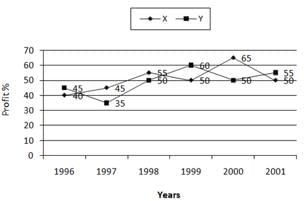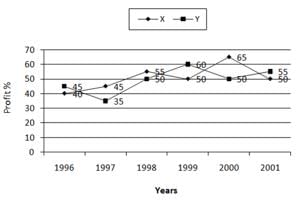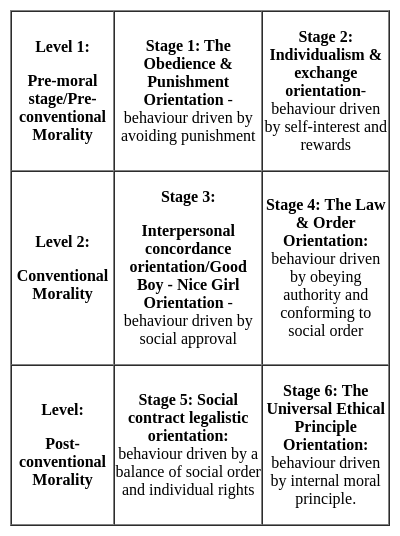DSSSB PRT Mock Test - 2 - DSSSB TGT/PGT/PRT MCQ
30 Questions MCQ Test DSSSB PRT Mock Test Series 2025 - DSSSB PRT Mock Test - 2
Direction: Study the following question carefully and choose the right answer.
If HAND can be coded as 17, 3, 29, 9, then how will FARM be coded?
Which atmospheric layer contains the Ozonosphere, characterized by the presence of ozone?
The average weight of A, B and C is 72 kg. When D joins them, the new average becomes 68 kg. When E joins, A, B, C and D, the average of all five becomes 70 kg. What is the weight of E?
The LCM of two numbers is 1920 and their HCF is 16. If one of the number is 128, find the other number.
DIRECTION : In the following questions, a statement of assertion (A) is followed by a statement of reason (R). Mark the correct choice as:
Assertion : If the height of a cone is 24 cm and diameter of the base is 14 cm, then the slant height of the cone is 15 cm.
Reason : If r be the radius and h the slant height of the cone, then slant height = ![]()
The following line graph gives the percent profit earned by two Companies X and Y during the period 1996 - 2001.

Percentage profit earned by Two Companies X and Y over the Given Years

Q.
If the expenditure of Company Y in 1997 was Rs. 220 crores, what was its income in 1997?
The following line graph gives the percent profit earned by two Companies X and Y during the period 1996 - 2001.

Percentage profit earned by Two Companies X and Y over the Given Years

Q.
The incomes of two Companies X and Y in 2000 were in the ratio of 3:4 respectively. What was the respective ratio of their expenditures in 2000?
Fill in the blank with the correct option.
My sister usually drives to work with a friend. She _________ drives alone.
Removing seeds from cotton plants was a slow job until Eli Whitney invented the cotton gin. What is a cotton gin?
Directions: In the given sentence, an idiom or phrase is missing. Choose the phrase/idiom that can fill the blank both grammatically and contextually.
All the workers are working _______________ since the company has got a very big order and the time to deliver is very short.
निम्नलिखित प्रश्न में, चार विकल्पों में से, उस विकल्प का चयन करें जो दिए गए लोकोक्ति का सही अर्थ वाला विकल्प हो।
जिसकी उतर गई लोई उसका क्या करेगा कोई-
“भगवान श्रीराम के अयोध्या लौटने पर प्रजा ने खुशियाँ मनाई थी।” वाक्य में रेखाँकित शब्द के लिए सही मुहावरा है-
What kind of skills are developed in the psycho-motor domain?
In the context of gross motor skills development, what defines the action mechanism?
I. Fine-tuning precise and intricate movements.
II. Involving large muscle groups for coordinated physical activities.
The two-word stage of language acquisition which is also known as telegraphic speech includes words like:
I. mim-mim-mai-yaaaaa, ba-ba-ga-ga
II. mummii khaanaa, ghuumii jaana
Which of the following (s) is/are the merit of mathematical games?
i. Concrete ideas became abstract.
ii. Learning is done in an open environment outside the boundaries of the four walls.
iii. The harmful effects of fear, anger, hatred, etc., can be easily guided.
According to National Curriculum Framework (NCF), 2005 which of the following statement(s) is/are correct regarding teaching History at the upper primary stage?
I. At the upper primary stage, History must focus on developments in India.
II. At the upper primary stage, History will take into account developments in different parts of India, with sections on events or developments in other parts of the world.
III. At the upper primary stage, History will only take into account development in different parts of India.
As a teacher, which of the following techniques you can adopt in the classroom/school to use imitation for enabling young students to acquire positive and socially desirable behaviour?
I. When any student imitates positive behaviour, try to recognize it and provide verbal praise encouraging him/her to repeat it.
II. While teaching history and social science to students, always highlight the positive aspects of the important characters for imitation by the students.
Which of the following guidelines must a teacher follow for using the Cooperative learning method in the classroom?
I. Groups’ composition should be heterogeneous by mixing students considering their academic achievement, sex, and race
II. Grade individual students’ s contributions
III. Collaborative social skills must be taught, modelled and reinforced regularly
To ensure focus on ‘assessment for learning’ rather than ‘assessment of learning’ it is important to include:
(i) Self–assessment
(ii) Peer– assessment
(iii) Quantitative feedback
(iv) Comparisons between students on quantitative parameters



















